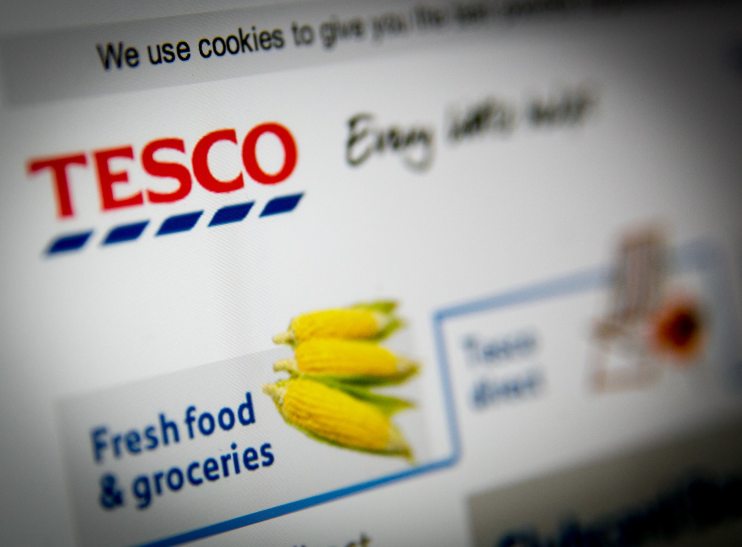Has Tesco benefited from people trading down?

Britain’s largest supermarket, Tesco, recorded a double-digit jump in revenue and profit last year as a slew of price cuts helped attract customers.
On Wednesday, chief executive Ken Murphy told the press that groceries were starting to “stabilise” following months of historically high prices.
“There is loads of uncertainty out there, but I see a gentle improvement in customer sentiment, and our business is in really good shape, so on the whole, I’m feeling quite positive,” he added.
Group sales were up 7.4 per cent year-on-year to £61.5bn, while adjusted operating profit rose 12.8 per cent to £2.8bn.
Off the back of this growth Tesco hiked its full-year dividend per share by 11 per cent to 12.1p. It also said it would buyback £1bn worth of shares, partially funded by the £600m sale of its banking arm.
Murphy, who took the reins of the business during the pandemic, greenlit over 4,000 price cuts over the year, up 12 per cent on the previous term.
Over 22m households also used its Clubcard scheme, allowing customers to get discounts on goods such as instant coffee and ketchup, which have skyrocketed in recent months.
“Customer perception of the quality of our products is growing ahead of the market and we continue to win customers from premium retailers, with sales of Tesco Finest now exceeding £2bn,” the chief added.
It comes after the supermarket and its peers were accused of profiteering from high inflation and not passing cuts on to consumers.
Last summer, the Competition Market Authority (CMA) said high food prices were not driven by weak competition in the market.
Shop price inflation also fell to its lowest level in over two years during the month of March.
Russ Mould, investment director at AJ Bell, said: “A lot of companies have reported a rise in revenue in recent years that’s simply been down to raising prices.
“What’s more important is looking at sales volumes as any growth indicates the customer is buying more products rather than simply shelling out more for the same items. Volume growth indicates a healthy business. On this basis, Tesco is fit as a whistle.”
Mould said Tesco benefited from people “trading down from higher end retailers”.
“Accepting that a high interest rate environment means more careful monitoring of how money is spent, even wealthier individuals have taken steps to shift their spending habits.”
“Whereas once they might have been happy to spend big at Waitrose or Ocado, some of these consumers have shifted to Tesco and found that its Finest range still offers the higher quality products they desire, but at a cheaper price point.”
While Tesco has quashed profiteering fears, a fierce rivalry amongst supermarket remains.
Tesco – which commands a 27 per cent share of the UK’s grocery market – has come under pressure from German discounters Aldi and Lidl in recent years.
Aldi’s power over consumers has forced supermarkets such as Tesco to launch price matches on its products.
Away from food, Tesco reported a 3.4 per cent decline in home and clothing sales, with the firm blaming its exit of low returning categories for the dip.
It mirrors that of rival Sainsbury’s, which has also seen a decline in these markets over the past few months as customers’ disposable income shrinks.
Looking ahead to the next financial year, Tesco anticipates a retail adjusted operating profit of at least £2.8bn, implying lower year-no-year growth than it achieved in 2024.
Shares in Tesco were up over five per cent today.